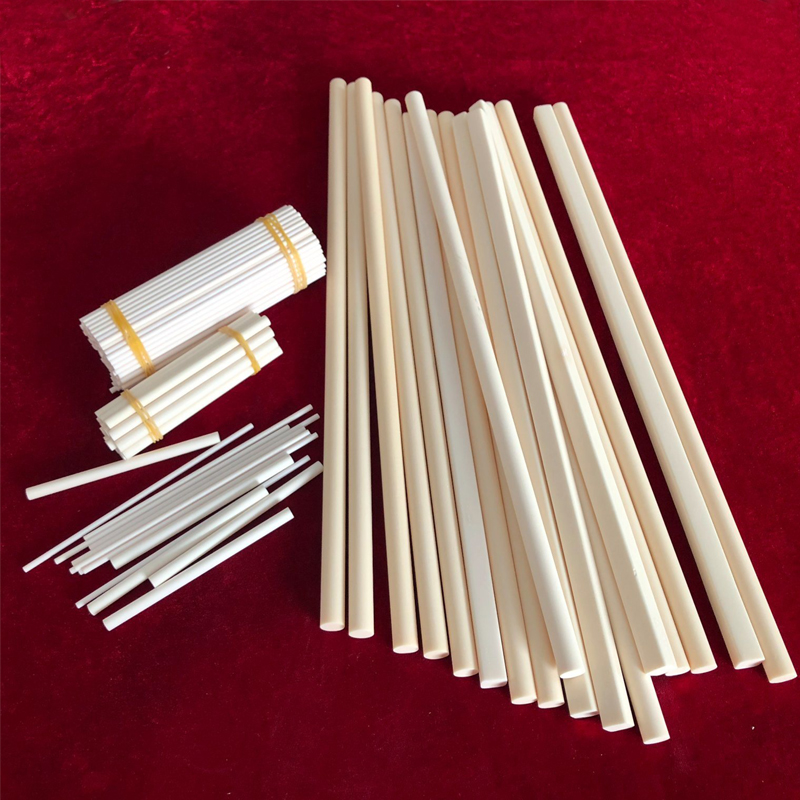Troubleshooting Guide for Industrial Ceramic Components
With the rapid development of the high-end manufacturing sector, industrial ceramics have become a key material in the precision manufacturing processes of industries such as semiconductor equipment, aerospace, new energy, and medical devices, thanks to their superior hardness, wear resistance, high-temperature resistance, and chemical stability. Industry research data shows that the global industrial ceramics market continued to grow in 2023, with an expected value of approximately $135 billion and a compound annual growth rate (CAGR) of about 17.3%. However, industrial ceramic components still face challenges in practical applications, such as cracking, abnormal wear, dimensional deformation, and substandard surface quality. These issues significantly affect the overall performance and service life of equipment, imposing high maintenance costs and production efficiency losses on enterprises.

To address this common pain point in the industry, a practical and efficient solution has been jointly provided for enterprises by top domestic industrial ceramic research institutes and multiple leading enterprises. This solution deeply analyzes four major categories of the most common failure issues of industrial ceramic components:
1.Cracking Issues in Industrial Ceramic Components
Causes: Mechanical impact, assembly stress, design defects (such as sharp angles, drastic changes in wall thickness), tiny internal flaws in materials, thermal shock (drastic temperature changes), etc.
Troubleshooting: Focus on inspecting for cracks in stressed areas, stress concentration points, and regions with alternating hot and cold temperatures.
2.Abnormal Wear of Industrial Ceramic Components
Causes: Insufficient surface processing precision, improper selection or design of friction pairs, intrusion of hard particles in the working environment, lubrication failure, etc.
Troubleshooting: Observe the morphology of the wear area, measure dimensional changes, and analyze wear debris.
3.Dimensional Deformation/Fit Failure of Industrial Ceramic Components
Causes: Deformation due to poor control of sintering processes, poor batch stability of materials, unreasonable design tolerance requirements, and impacts of environmental temperature fluctuations (need to consider differences in thermal expansion coefficients between ceramics and metals).
Troubleshooting: Use precision measuring tools (such as coordinate measuring machines) to inspect key installation dimensions and geometric tolerances.
4.Surface Quality Issues of Industrial Ceramic Components
Causes: Sintering defects (such as air bubbles, impurities), processing damage (such as chipping, scratches), environmental pollution and corrosion, failure of plating/coating, etc.
Troubleshooting: Identify issues through visual inspection (microscope), surface roughness measurement, and other means.
The solution not only provides a detailed analysis of each issue but also offers standardized troubleshooting procedures and professional countermeasures. In terms of material selection for industrial ceramic components, it emphasizes the need to choose the optimal material based on specific working conditions. During the design phase, structural optimization should be carried out to avoid stress concentration. In manufacturing processes, key parameters such as sintering curves must be strictly controlled. For assembly and use, standardized operations and environmental control should be prioritized.
The release of this solution marks a significant step forward for China in the field of industrial ceramic application technology. Its systematic solutions provide key support for manufacturing enterprises to reduce equipment maintenance costs, improve product yield rates, and enhance production efficiency, further promoting the broader application and value realization of industrial ceramic materials in the advanced manufacturing sector.

